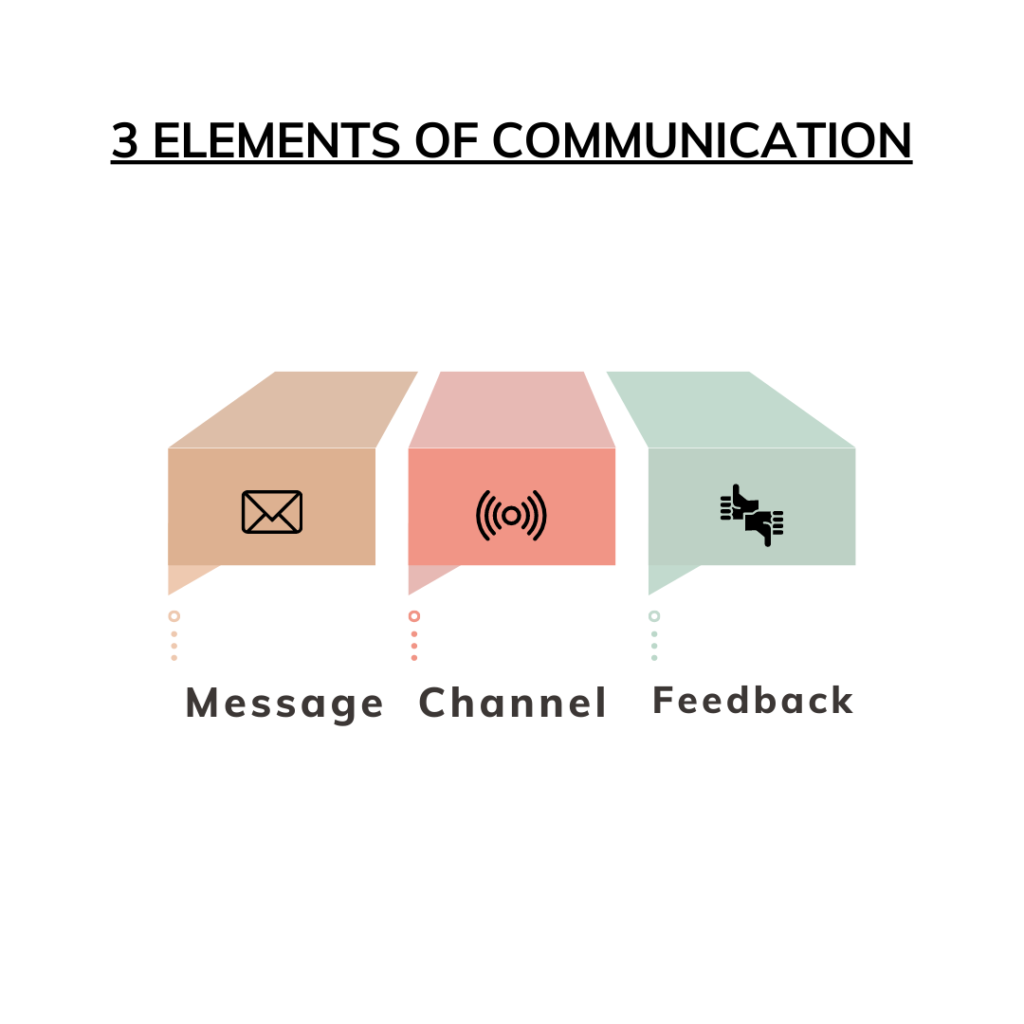Interpersonal Communication is a fundamental life skill. Yes, it is one of the soft skills that underpins all the other skills. Effective Communication is the language for leadership. A person can be an elite leader, but he fails when his communication is ineffective. Therefore, let us acquire a better comprehension of how this soft skill developed into the language of leadership.
It is people-to-people communication:
Interpersonal communication is the process of people exchanging ideas, feelings, and information between the people through various channels. It can be verbal or nonverbal.
Need for interpersonal communication.
“The need for connection and belonging is a fundamental human need, not only as young children but also as adults ” (Baumeister & Leary, 1995)
Interpersonal communication-though, sounds simple. It is the need of an hour. It remains an important element of our daily lives to connect with people. With the increasing presence of social media and other online platforms, it is essential to showcase the good social behaviour.
Thus, the communication is the instrument we for building the career ladder and to ensure strong bond with our loved ones personally.

What makes up the communication is:
We choose elements based on the intended audience.
1. The Message: Coding of our thoughts before sharing helps us to convey the message efficiently. Not only does choosing the right words but also the right gestures, postures, facial expressions increase the efficacy.
2. Channel: This is the medium of transaction for the message delivery, and it depends on the interpersonal relationship between the sender and the receiver. It can be Verbal, written or through any other technology.
3. Feedback: This communication becomes successful only when the receiver interprets the message correctly as intended by the sender.
Types of interpersonal communication
1. Dyadic communication—Communicating between two people.
2. Small-group communication—Communication between three or more people.
3. Public Speaking–This is the act of speaking to the larger group.
However, the elements face these obstacles during delivery:
1. Physical barriers–This occurs as a result of technical interferences, poor lighting, or ambience.
2. Psychological barriers–Stress plays an essential role in this, fear being its partner.
3. Interpersonal relationship – This occurs due to the lack of understanding and trust between the team members.
Techniques to become a proficient communicator:
Be a successful communicator by overcoming these barriers with the following strategies:
1. Follow the ‘C’ rule of communication-The “C” rule of communication helps to solve even unforeseen problems that occur due to lack of soft skills.
2. Be Assertive. The tool of assertiveness benefits us to evade the conflict and enhance the collaboration between the team. This contributes to a better understanding of the establishment of individual goals, roles, and accountabilities.
3. Effective communicators create honesty through engagement and responsibility to the target audience. Being convicted on their behalf contributes to a better relationship. The process starts with a clear, concise presentation that is respectful of the audience.
4. It is important to focus on our way of speaking rather than what we are discussing. The communicator should try to be empathetic by putting himself in the shoes of others. Protouch emotional intelligence training will be a valuable resource for differentiating between empathy and sympathy.
5. Good listener- Active listening is one of the keys to establishing trust, which reinforces a long-term relationship. The human mind follows nothing unless it is trustworthy. So, trust is the key to any relationship, whether personal or professional.

The non–verbal communication is powerful evidence of understanding and listening. This escalates the conceptual misunderstanding or miscommunication, which may lead to conflict. In the professional setting, the trust building relationship leads to an effective workplace environment which boosts the productivity.
To summarise, if we take the factors mentioned above into consideration before sending the message, it could even resurrect broken relationships.





Leave a Reply